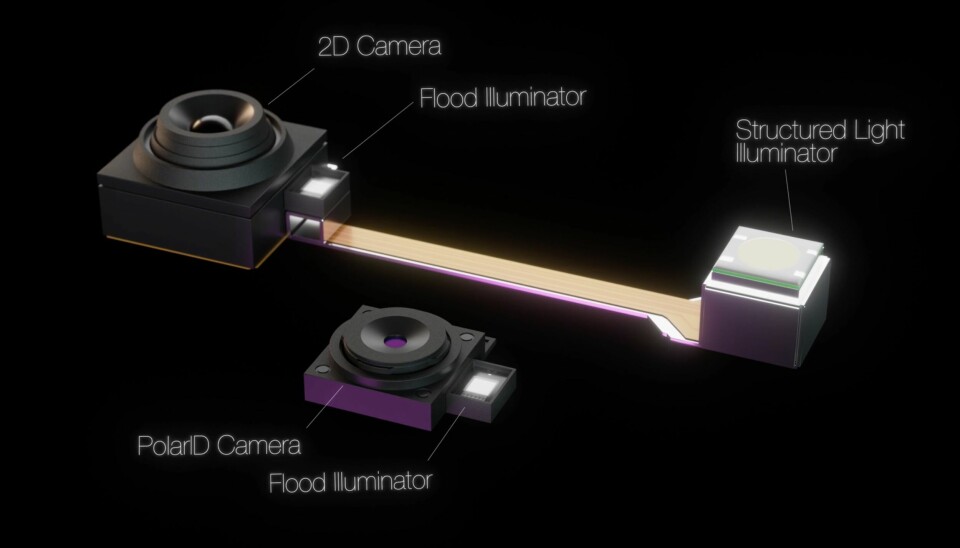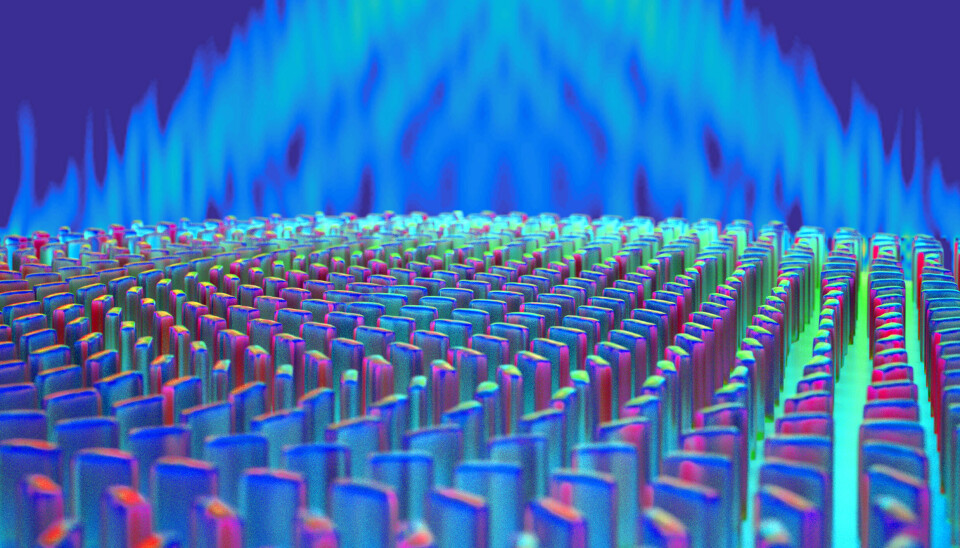Metalenses
Metalenses now a reality – to be released in consumer products by 2025

Smaller and more precise lenses could be used for facial recognition in mobile phones, for example.
In a 2016 article, Camera & Image reported on a research group at Harvard University that had succeeded in developing a new type of flat lens – a lens that could compete with traditional lenses.
After a few years, venture capital was brought in to create the company "Metalenz" and push development forward, something that has now resulted in a new type of sensor with an integrated lens construction – something that in turn can handle polarized light, which is useful for biometric reading, i.e., facial recognition.
The technology, called Polar ID, has led Samsung and Qualcomm to initiate collaborations with Metalenz, including the use of Samsung's own Isocell sensor Vizion 931. According to Metalenz, their solution can capture polarized light from a face with a security level as high as a fingerprint – something that means the camera cannot be fooled by, for example, a mask or a picture.

In laboratory tests from 2016, the metal lenses were 30 percent sharper than a research microscope, which is impressively sharp considering both size and manufacturing cost. At that time, it was not known what the possibility of mass production looked like, although it was believed to be relatively simple to solve. By 2018, all problems had been solved and the next step was to reduce the lens size.

Now, in 2024, it is expected that the first products to use the new technology will be on the market as early as 2025.
LÄS ÄVEN
-
Fotografiet som sanningsvittne – seminarium om bild & verklighet
-
Sanna Sjöswärd årets Livonia Print-stipendiat för "Two Faces"
-
Fujifilm Instax Mini Link+ ger möjlighet till kreativa utskrifter
-
Från Mörkrum till Casino: Hur Fotografering Blev en Fråga om Timing
-
World Sports Photography Awards 2026 avgjord – tennisbild vinner
-
Ricoh GR IV Monochrome – specialversion för gatufotografen
LÄS ÄVEN
-
Fotografiet som sanningsvittne – seminarium om bild & verklighet
-
Sanna Sjöswärd årets Livonia Print-stipendiat för "Two Faces"
-
Fujifilm Instax Mini Link+ ger möjlighet till kreativa utskrifter
-
Från Mörkrum till Casino: Hur Fotografering Blev en Fråga om Timing
-
World Sports Photography Awards 2026 avgjord – tennisbild vinner
-
Ricoh GR IV Monochrome – specialversion för gatufotografen






















